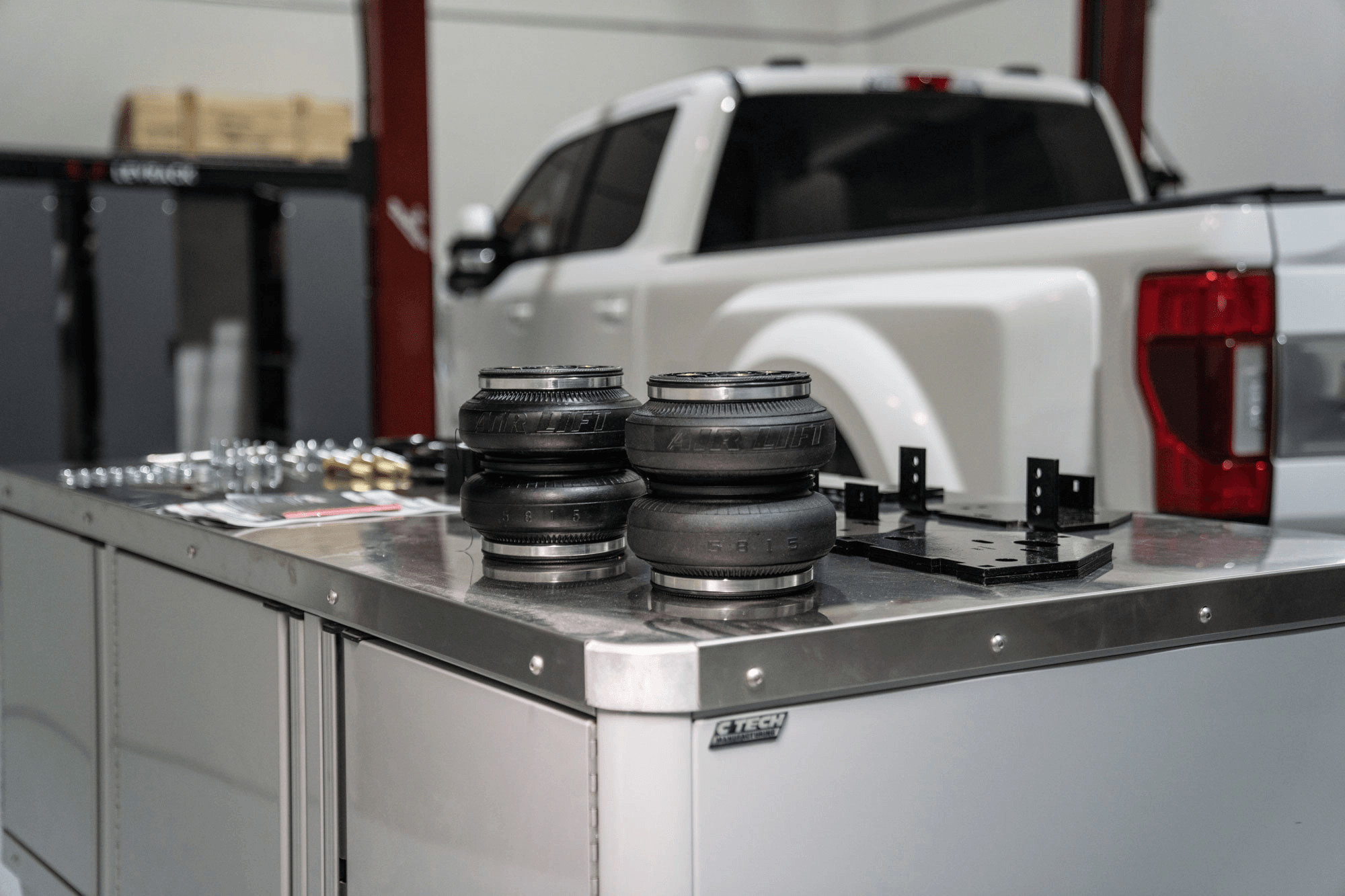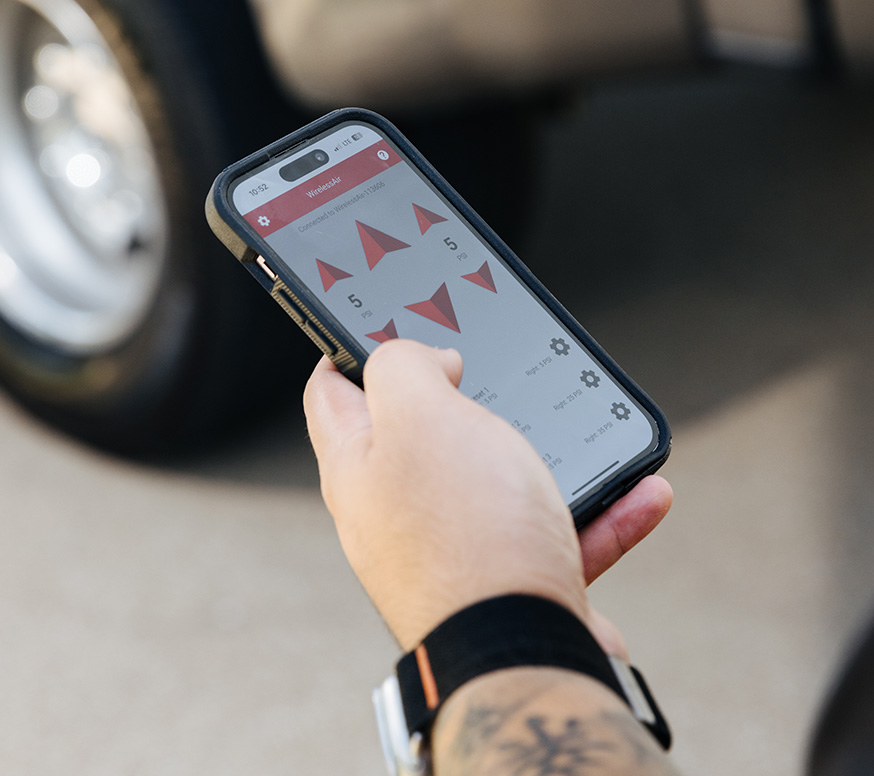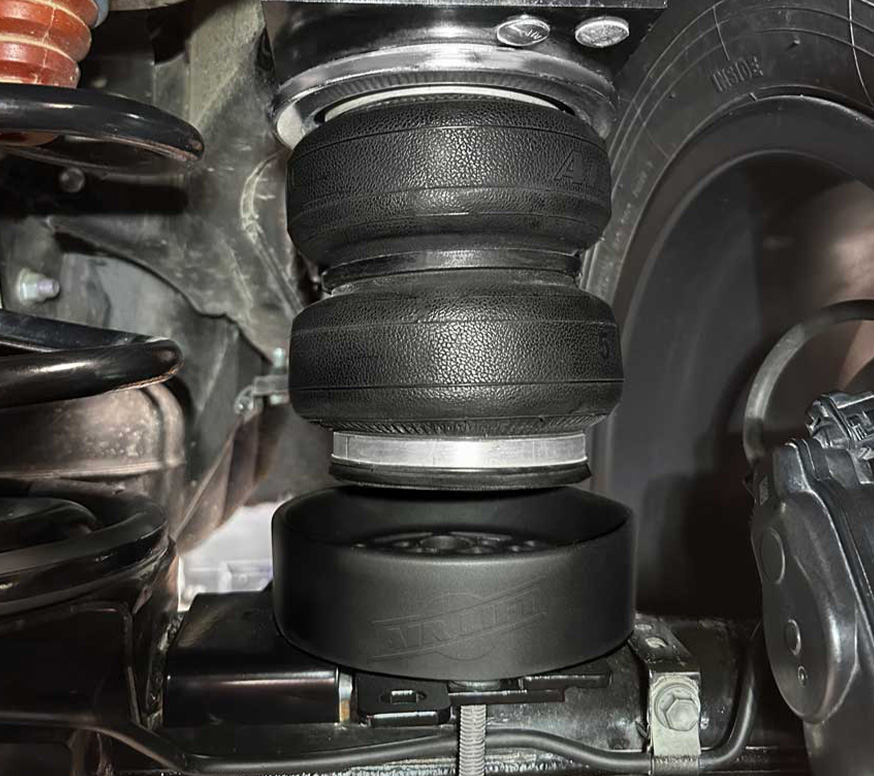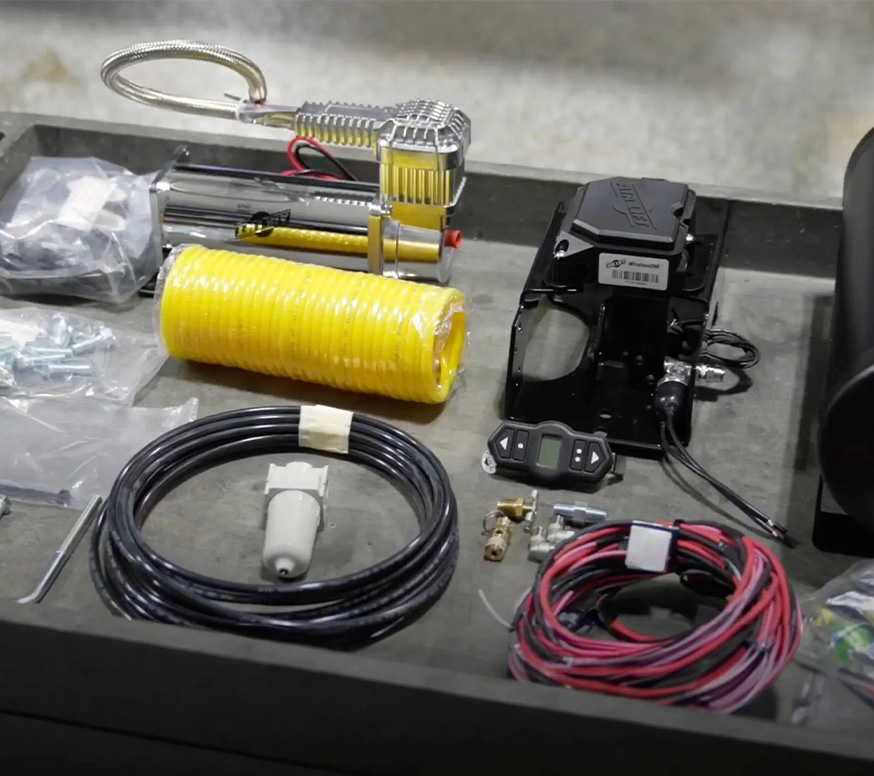
What is GVWR? Why Is It Important?
9/23/2022
Understanding your vehicle’s GVWR is imperative to towing safely and legally, and exceeding your vehicle’s GVWR can cause unexpected wear or even premature failure of integral vehicle systems.
The GVWR is the maximum weight of your vehicle when it is FULLY LOADED, meaning the weight of the vehicle, fuel, passengers, cargo and everything else on board the vehicle. The GVWR DOES NOT include the weight of any trailers .
The GVWR is established by the manufacturer (for both your RV and vehicle) and is found in many places, including on the title, in the owner’s manual and on the sticker in the driver’s doorjamb.
When calculating your vehicle’s GVWR, it is important to know how much your vehicle weighs, as the GVWR includes the weight of the vehicle.

To determine your vehicle’s load capacity, you must subtract the weight of the vehicle from the GVWR. The solution to that equation is the maximum weight that you may load into your vehicle.
For example, if a vehicle’s GVWR is 10,000 lbs., and the vehicle weighs 5,000 lbs. with a driver and a full tank of fuel, then the heaviest load the vehicle can carry is 5,000 lbs.
What is GVWR on a Trailer?

Trailers also have GVWRs. The law requires a trailer to have a sticker stating its GVWR and its unladen weight on the driver’s side of the tongue of the trailer. Calculating the GVWR of a trailer is done using the same basic formula shown above, meaning the manufacturer stated GVWR minus the weight of the trailer including any water or gear is the maximum available load capacity of the trailer.
What happens if the GVWR of vehicle is exceeded?
Remember that when a vehicle’s load is near the GVWR, it is under a lot of stress – loading vehicles near their GVWR commonly results in vehicle squat, which impedes driver control and causes the following dangerous vehicle behaviors:
Bottoming Out
When your suspension springs have fully compressed, causing them to hit the bump stops and cause severe damage to various components
Trailer Sway
When your trailer moves side to side behind your vehicle
Rough Ride
Causes unnecessary fatigue on the driver and their passengers
Light Steering Feel
Decreases driver confidence in their control of the vehicle
Poor Headlight Aim
Decreases driver visibility and blinds oncoming drivers
Bouncing & Bucking
Decreases driver control of their vehicle
It is important to be aware of your vehicle’s manufacturer recommended GVWR and never exceed that weight. Exceeding your vehicle’s GVWR can result in seriously unsafe driving characteristics and catastrophic failure of integral vehicle systems like suspension and axles.
Staying Level with Air Lift Suspension
If you ever plan on loading your vehicle up near its GVWR, supplementary air suspension systems help mitigate these dangerous vehicle behaviors when under a heavy load. A vehicle equipped with air suspension can be loaded to its GVWR while remaining safely level. A level platform helps the driver maintain maximum control of their vehicle, which means a safer and more comfortable drive, regardless of how close your vehicle is to its GVWR.
Whether you drive a heavy-duty pickup and tow often or an SUV, or if you are a parent with lots of people to haul in your crossover, Air Lift Suspension Systems works hard to keep your vehicle level and you and your cargo safe. To find a system for your vehicle, use our vehicle search tool here.









